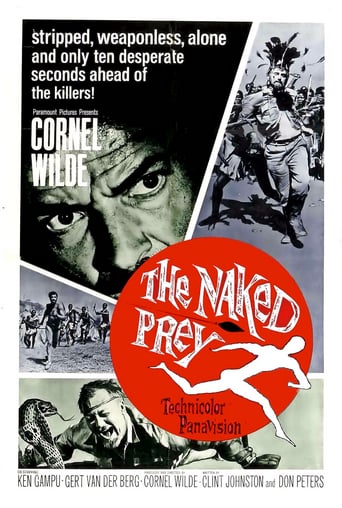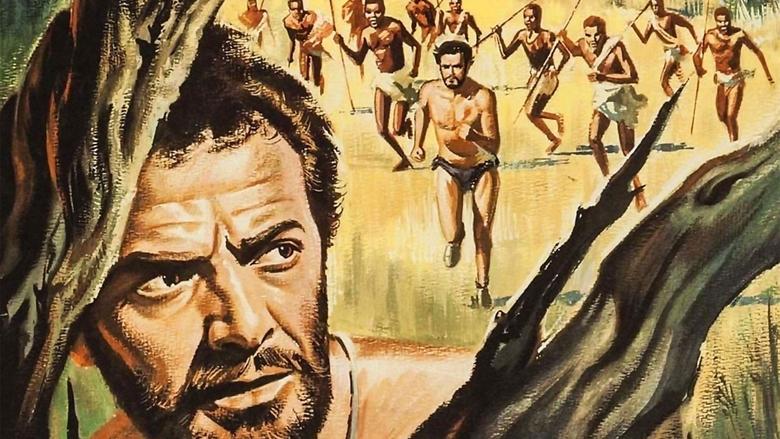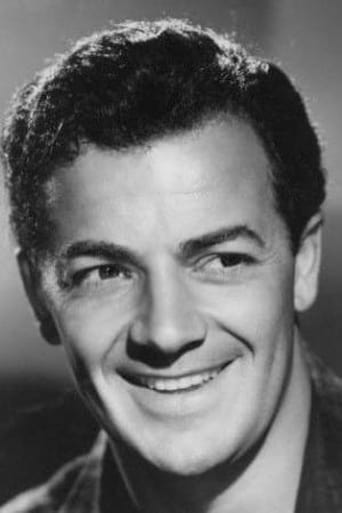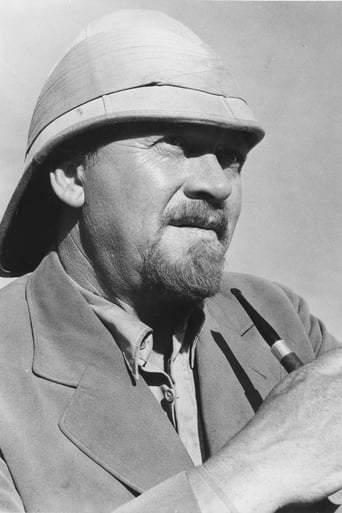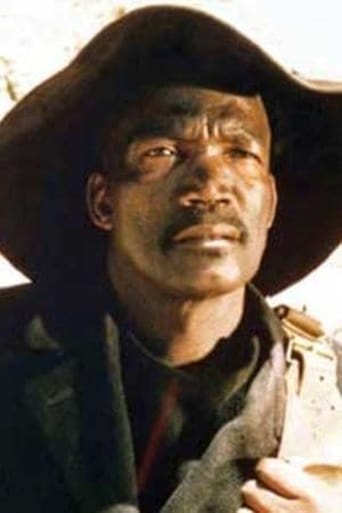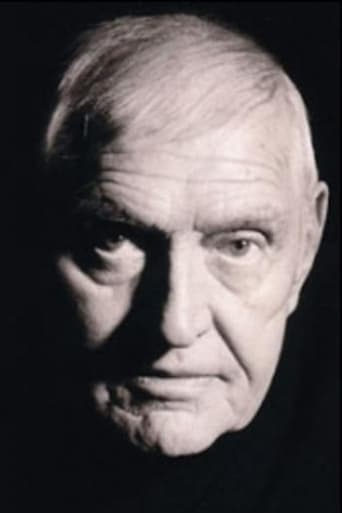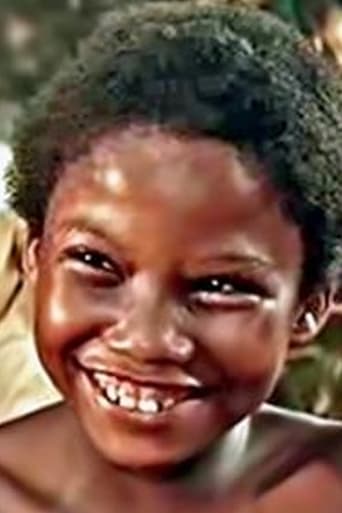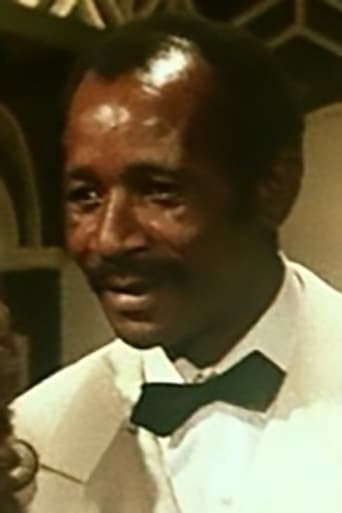A group of men are on safari. One of the party refuses to give a gift to a tribe they encounter. The tribe is offended, seizes the party, and one-by-one, kills all but one of the safari members in various creative and horrifying ways. The last surviving member is given "The Lion's Chance" by the tribal leader to be hunted down by a party of tribal warriors.


Similar titles
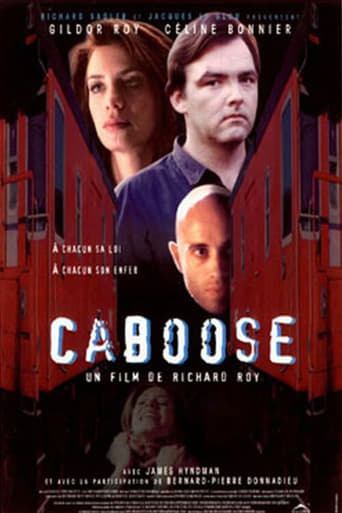

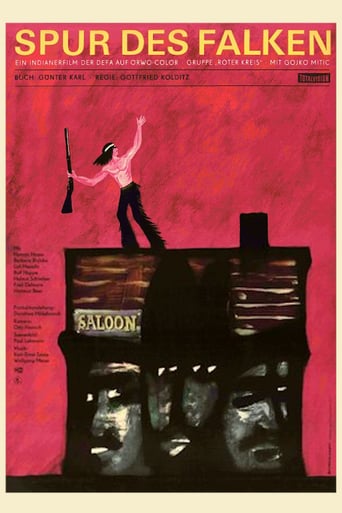
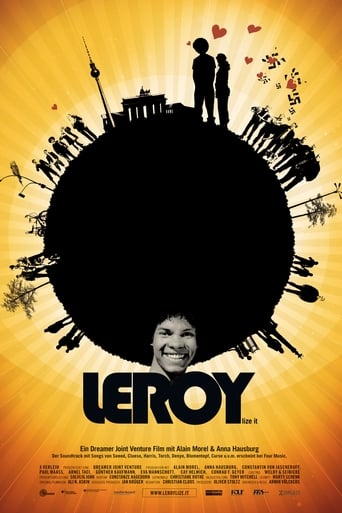
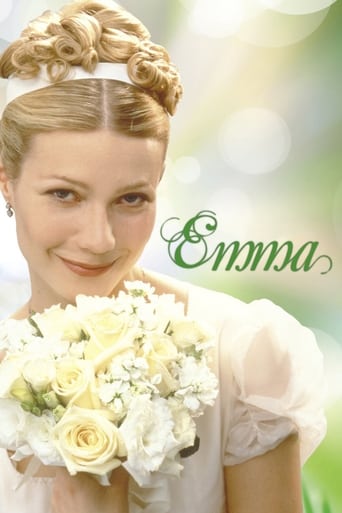
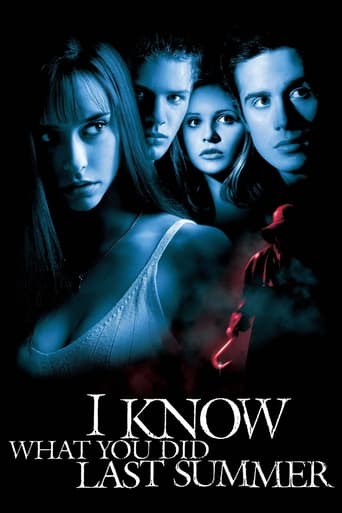

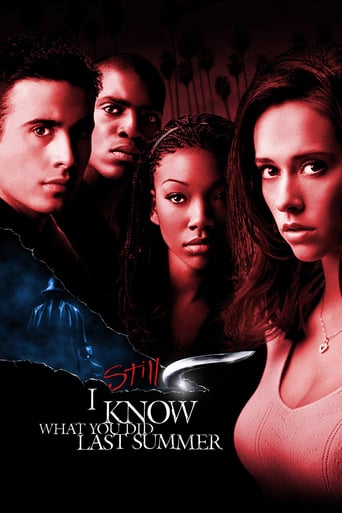


Reviews
Truly a movie that could not easily be made today. The plot is simple; the man financing an African ivory safari (Gert Van den Bergh) offends a tribe by not paying them a tribute gift against the advice of his own guide (Cornell Wilde). The tribe takes them prisoner back to their village and kills all except Wilde in various imaginative and gruesome ways for the amusement of the tribe. Presumably because he wanted to pay the tribute, Wilde is given a sporting chance; he's stripped naked, and given a head start before several of the men begin to hunt him down and kill him like an animal. The first pursuer misses Wilde with a spear, which Wilde uses to kill that pursuer and take his footwear and some of his equipment. Wilde not only has to elude his pursuers, he has to cope with his own thirst and hunger at the same time. When he kills a deer, a lion steals it from him. Throughout the movie there are scenes of animals pursuing and killing each other. One animal scene even mirrors the plot when a baboon being stalked by a cheetah survives by being willing to fight back. Even the plant life is shown as being inhospitable to being eaten. There are a few plot holes; early in the movie the financier of the safari mentions to Wilde that next time he'd like to combine hunting for ivory with the slave trade. This is inconsistent with the times (around 1850) since by then, the slave trade but not slavery itself had come to an end. The village where the safari party is taken to is filled with thin people except for the village chief, who is enormously fat, like Jabba the Hut. How'd a guy like that get to be chief? It probably takes half the village resources to maintain his fatness. The head pursuer (Ken Campu) was a tall, fit looking guy who looked like he could have easily killed the chief and taken over the village. The other plot hole occurs when Wilde starts a fire in order to drive his pursuers away when they were at most a minute behind him. Where did he get the materials to start a fire so quickly? Did one of the pursuers he killed have firestarting materials? Those plot holes aside, the movie was beautifully photographed and well acted by all. The Africans were not stereotypical villains; they showed true sorrow and caring when one of them was killed or injured. They were not superhuman; they also need to catch their breath, eat and drink. Spoiler alert! Don't read any further if you haven't seen the movie! At the end, when Wilde's character is about to be rescued, he turns and salutes the head pursuer, who returns the salute. There is a similar scene in "Jeremiah Johnson" when an indian who's tribe has been relentlessly pursuing Johnson gives him a similar salute as if to say "I'm calling an end to the pursuit". Unlike many movies today, you cannot add a disclaimer saying that "no animals were harmed in the making of this movie". Many animals were indeed harmed, from a small toad or frog being eaten by a larger one to several elephants being shot and disemboweled.My criticisms? I'd have liked some subtitles so I could've have known what the pursuers were saying. For example, early in the chase, it appears like the head pursuer was ordering some of his men to go this way and others to go that way. Was he unsure which way Wilde had gone, or was he trying to trap Wilde between two groups of pursuers? Toward the end of the movie, Wilde befriends a young girl who's village was destroyed by slave traders. After walking with Wilde for a while and sharing songs, she decides she wants to go back. Go back to what? Her village was burned and most everyone was taken as slaves or killed outright! Even Wilde shakes his head and murmurs "I hope you'll be all right," but he doesn't try and stop her. Previous reviewers have found racism in this movie because some of the Africans are portrayed as vicious savages taking pleasure in gruesome killing. Why should Africans be portrayed any different from Europeans? The history of all humans is filled with examples of cruelty as entertainment, regardless of race. Besides, tribal and religious warfare with appalling cruelty still goes on in Africa. Reviewers have also found it strange that a white man out of his element is able to survive and in some cases turn the tables on some of his African pursuers. In this movie, the white man is not out of his element. He's a professional safari guide. Any north woods hunting guide is probably fitter and more skilled at survival than local hunters. Speaking of fitness, Cornell Wilde looks in great shape for a man of 53. I can only think of a few Hollywood actors who could have met the physical qualifications of this role in their 50s.
If you ask me - This 1966 "man-as-the-hunted" picture certainly could have been a helluva lot better. It really could have.It also could have been a helluva lot shorter, too. (Like, by about 30 minutes, I'd say) And it also could have used some subtitles, because almost no English was spoken since most of the characters ended up being African tribesmen who spoke their own lingo.Set in the wilds of Africa in the 1800s, Naked Prey not only starred Cornel Wilde as the story's principal character, but it was also directed by him, as well.Yes. I will admit that Naked Prey was very well-photographed (the many shots of African wildlife were excellent), but, with that aside, its story was just a little too predictable to hold this viewer's undivided attention for its 96-minute running time.Naked Prey's biggest problem (which rendered its story far from being believable) was that Wilde's character was just a little too resourceful for a white man who was stuck in the life-or-death predicament that he was.As a result of his apparent cunning he was able to repeatedly beat and out-fox all of the highly-skilled natives of jungle-land who were in hot and heavy pursuit of him. And even though he was being constantly trailed for a week, non-stop, he managed to survive with almost no food at all.
Set in Africa in the 1850s, The Naked Prey stars its director, Wilde, as 'The Man', a safari guide whose hunting party is captured by a primitive tribe; after killing the other captives in a variety of brutal ways (including clubbing them to death and impaling them with sharp sticks), the natives strip and release The Man, giving him a few minutes head-start before pursuing him for sport, spears at the ready. However, The Man's resourcefulness makes him a formidable prey.I'm a huge fan of films that pit 'civilised man' against bloodthirsty savages, among my favourites being the gruesome Italian cannibal movies that were popular (with gore-hounds, at least) in the 70s and early 80s. Although Cornel Wilde's The Naked Prey contains just one scene that suggests cannibalism (a man coated in clay is roasted on a spit over a roaring fire), the movie's shocking early scenes, which feature real animal deaths (of the National Geographic/mondo footage variety), gratuitous female nudity courtesy of the native women, and plenty of bloody violence, are enough to indicate that it could have served as the blueprint for the Italian cannibal genre as a whole (until now, I had thought A Man Called Horse to be the original inspiration).It's not all about the shock value, however: The Naked Prey is an extremely well crafted piece of cinema—a rollicking adventure tale with sparing use of English dialogue, an effective tribal drum soundtrack, convincing performances, impressive cinematography and a wonderfully tense finale. Something for everyone then Highly recommended. 8/10.
I'll acknowledge that in 1966 it was pretty daring to offer this movie to audiences used to watching Doris Day movies. But it doesn't pass the sniff test and ends up being just another ooga-booga African demonization flick pretty much like those made in the previous decades. The narrative is loaded with offenses, faults, and cop-outs as putrid as anything the thirties offered. They should have hired an ethnographer because this is still awfully silly.We only get savages or noble savages in African movies, never anything more complex, never anything in the middle. Here we get "savages" in a thinly veiled 'study' of the white mans fear of the brutality of black culture. Cooking a human mudman? Chasing a human chicken? The snake face bite? How many times has this tribe needed these tricks that they have such an assortment of bizarre tactics to deploy at a moments notice? The hunt. The natives are surprised when the they find the first warrior dead? Well what happened the previous times they ran a live quarry against a slowly released team of hunters? Killing the first guy is the only option the prey has.This is an absurd movie. Want to watch a great wordless movie, just rent Koyaanisqatsi.
